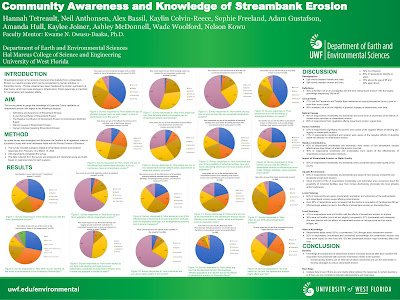For this week's portion of Project 3 we
were tasked with running an Ordinary Least Square regression on our data
compiled in the previous week.
An ordinary least
square regression method involves comparing a dependent variable (meth lab
density) and explanatory (independent) variables. The explanatory variables
consist of census data and the following variables were chosen: Males, Females,
Age_18_21, Age_22_29, Age_30_39, Age_40_49, Age_50_64, Age_65_ Up, Hsehld_1_M,
Hsehld_1_F, HSE_Units, and Vacant. The following variables were chosen based on
review of the following three resulting values: Probability, Coefficient, and
VIF. Values with probability > 1.0 were immediately removed as these values
indicate low statistical significance. Variable coefficient values were taken
into account as they indicate the relationship between the dependent variable
and the explanatory variables indicating a strong or weak relationship. VIF
values indicate overrepresentation or overlapping data amongst similar
explanatory variables. Variables Males, Females, and HSE_Units all had a high
VIF value as they were overrepresented in the census data. This does not necessarily
denote a negative aspect seeing as how all participants had to choose one of
two choices, Male or Female. This overrepresentation indicated from high VIF
values is to be expected.
Attached is my results for OSL results
displayed as STDResidual on the study area map and my OSL results in table form



No comments:
Post a Comment